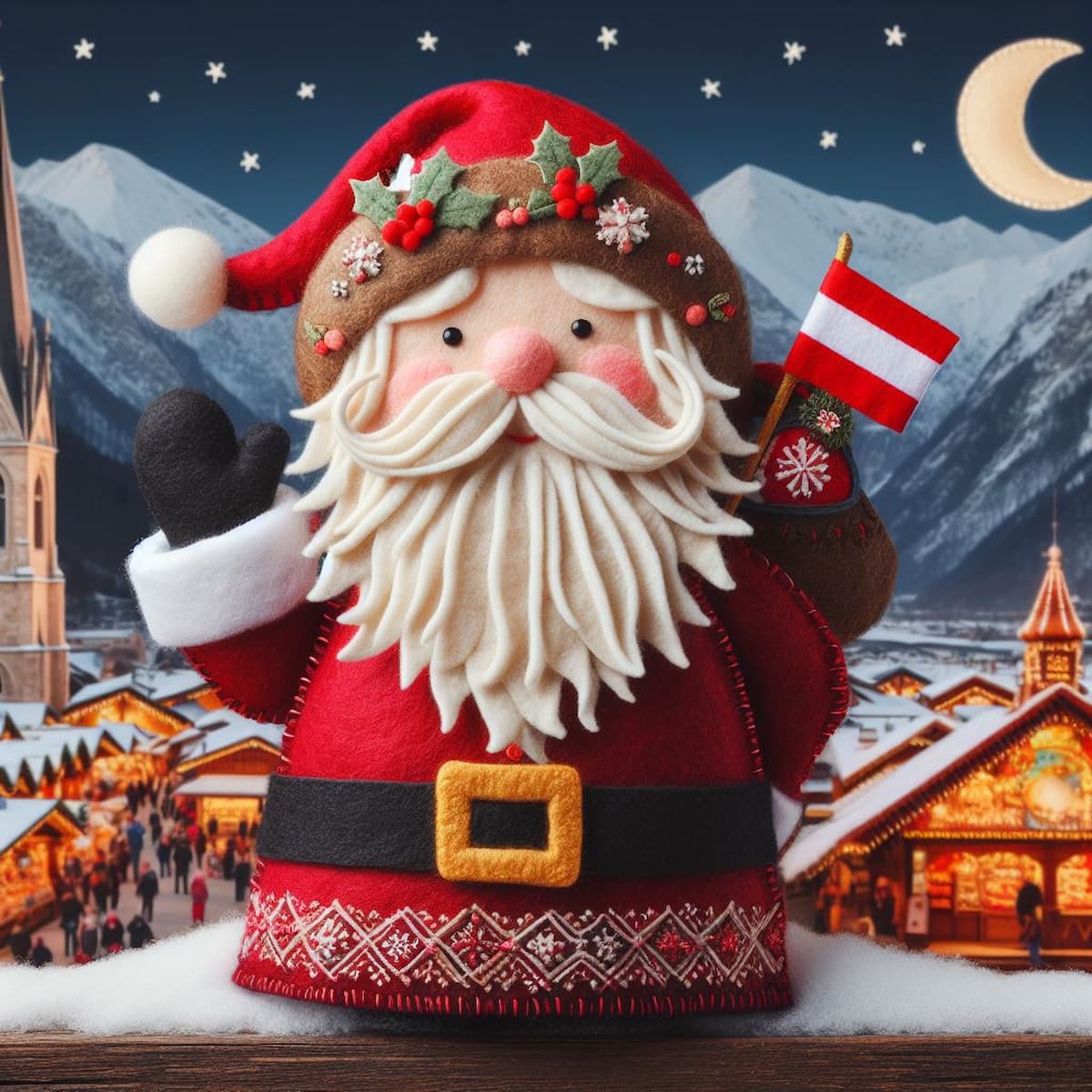Christmas in Austria: Traditions, Celebrations, and History
Christmas customs in Austria have strong historical and cultural roots. One of the most famous Christmas carols, "Silent Night," was written in Austria in 1818.

Christmas customs in Austria have strong historical and cultural roots. One of the most famous Christmas carols, "Silent Night," was written in Austria in 1818.

